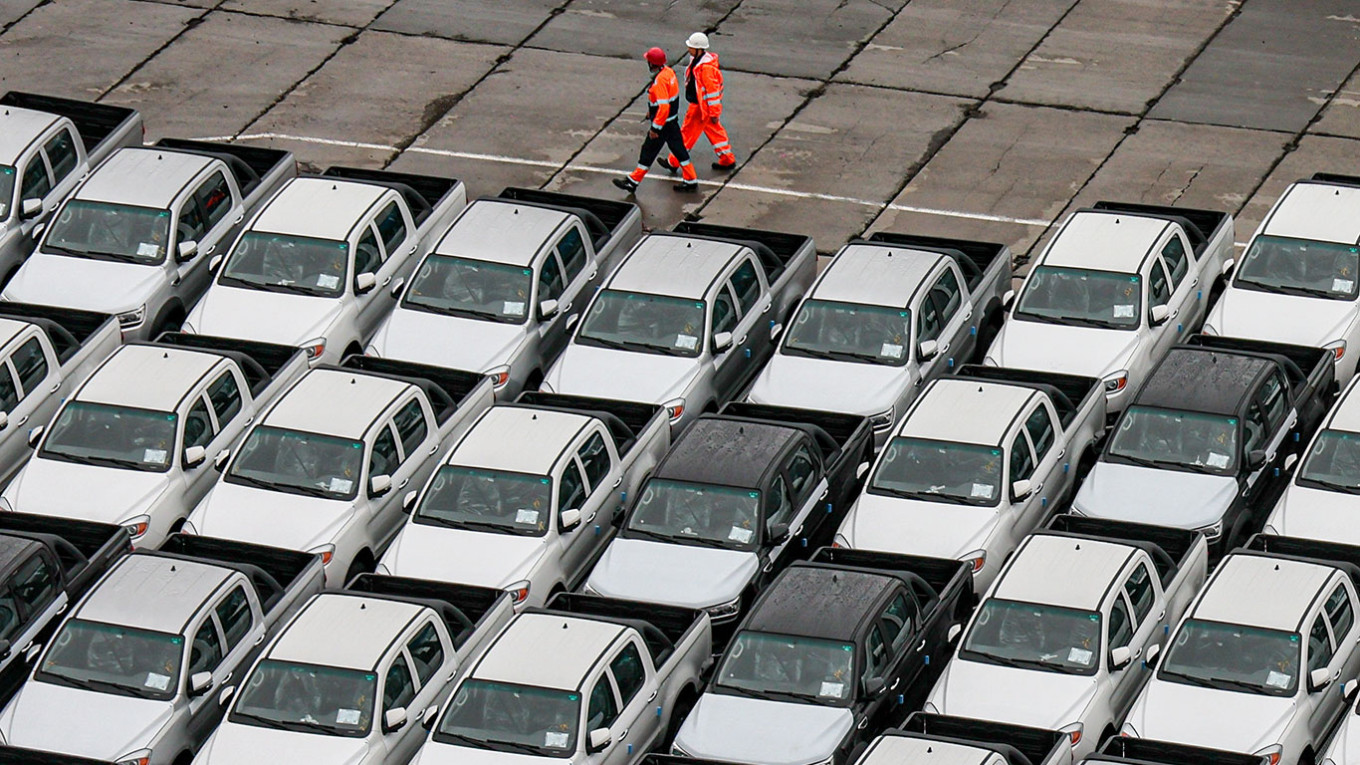The introduction of new foreign car models in Russia saw a dramatic decrease in 2025, indicating a significant drop in consumer interest and a wider decline in the nation’s automotive market, as reported by the analytical firm Avtostat.
In the first half of this year, only around 20 new foreign models were introduced, a stark contrast to over 100 introduced in the same timeframe in 2024, noted Sergei Tselikov, head of Avtostat, in an interview with the pro-Kremlin newspaper Izvestia.
“Over the past two years, the market experienced a notable surge in new model releases,” Tselikov explained. “Automakers were motivated to launch new vehicles due to strong sales. However, as demand has decreased, so too has the number of new model introductions.”
He further mentioned that due to declining sales figures, several automakers have decided to postpone or entirely cancel planned launches.
“Some companies have opted to pull specific model launches from the Russian market, while others are simply delaying them,” he said.
The handful of new models that debuted this year have had mixed results. The Chinese automaker Chery launched its Tiggo 7L crossover in April, achieving sales of 2,691 units by the end of June—a performance Tselikov deemed “remarkable in a contracting market.” Meanwhile, Haval’s mid-size H7 crossover, also from China, managed to sell 1,216 units between March and June.
Other brands experienced more difficulty. South Korea’s KGM, which entered the Russian market in March with four models, combined only sold 137 units. Sales figures for the ROX 01 hybrid and the Bestune T90 crossover, both launched in early 2025, were merely 87 and 50 units, respectively.
Irina Frank, who leads the Frank Auto dealership network, informed Izvestia that the influx of Chinese brands that filled the gap left by departing Western firms during 2022-2023 has largely tapered off by this year.
“For the last two to three years, Chinese models flooded the market,” she noted. “Now, however, manufacturers and importers are recalibrating according to the market’s true capacity, which is on the decline. The emphasis is shifting towards sustaining existing product lines instead of bringing in new ones.”
Maxim Kadakov, the editor-in-chief of the Za Rulem automotive magazine, predicted to Izvestia that Russia may see only 40 to 50 new models introduced by the end of 2025, including those from local manufacturers.
Avtostat reported a 26% year-on-year decline in vehicle sales in Russia during the January-May period, with the total dropping to 440,259 units.
Despite a recovery phase following the withdrawal of Western automakers in 2022, growth came to a halt in late 2024 due to rising interest rates, steep recycling fees, and overall market oversaturation.
In December, Avtostat forecasted that Russia’s auto market could contract by 10-20% this year, a viewpoint supported by the Association of European Businesses, which projected a 15% decline in 2025.

